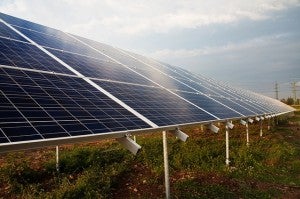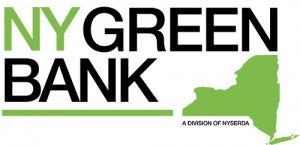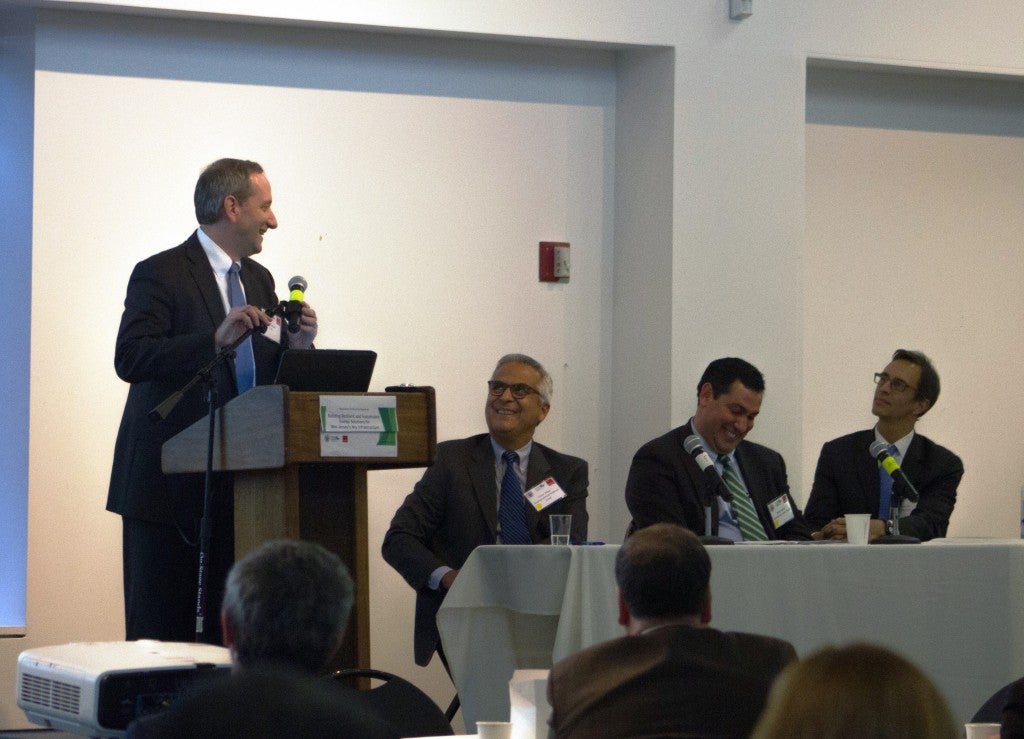 Last week the New York Times reported that, for the first time in history, clean energy resources like solar and wind are becoming cost competitive with conventional coal in some markets. This paradigm shift, where clean energy is beginning to compete head-to-head with traditional energy sources, calls for a change in perspective.
Last week the New York Times reported that, for the first time in history, clean energy resources like solar and wind are becoming cost competitive with conventional coal in some markets. This paradigm shift, where clean energy is beginning to compete head-to-head with traditional energy sources, calls for a change in perspective.
This ‘change in perspective’ is a movement toward what I would describe as “sustainable sustainability” – in which “sustainable” means the ability to stand the test of time, and “sustainability” refers to an environmentally responsible approach to making, moving, and using energy. In other words, we must find a way to ensure clean energy resources remain competitive in the marketplace and become ‘business as usual’ resources in the overall energy mix. The International Energy Agency (IEA) does a great job of explaining the need for this shift:
In the classical approach, variable renewables are added to an existing system without considering all available options for adapting it as a whole. This approach misses the point. Integration is not simply about adding wind and solar on top of ‘business as usual’. We need to transform the system as a whole to do this cost-effectively.”














